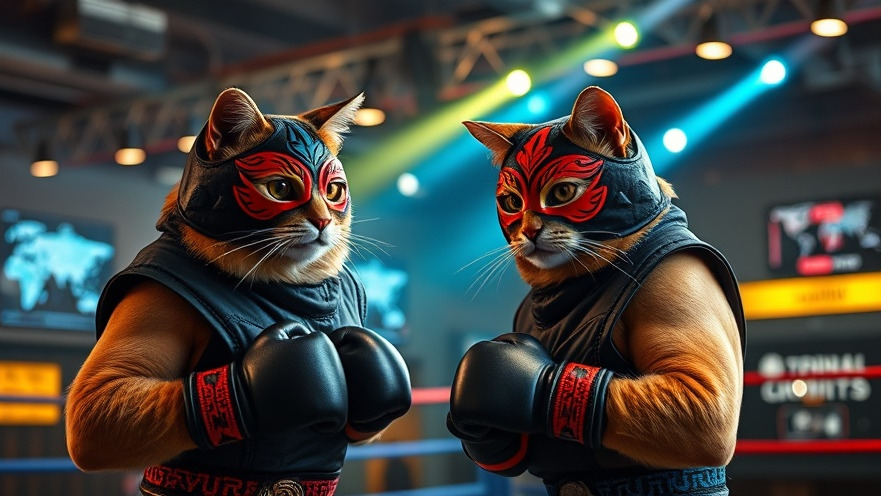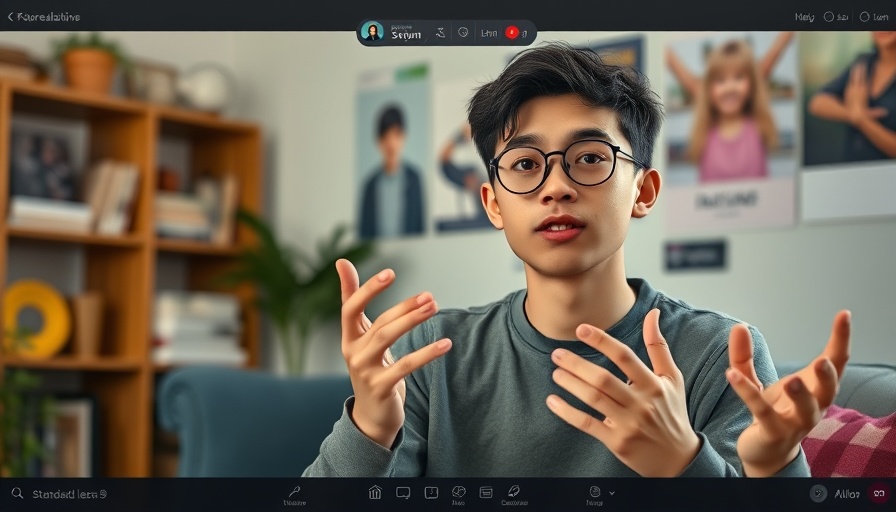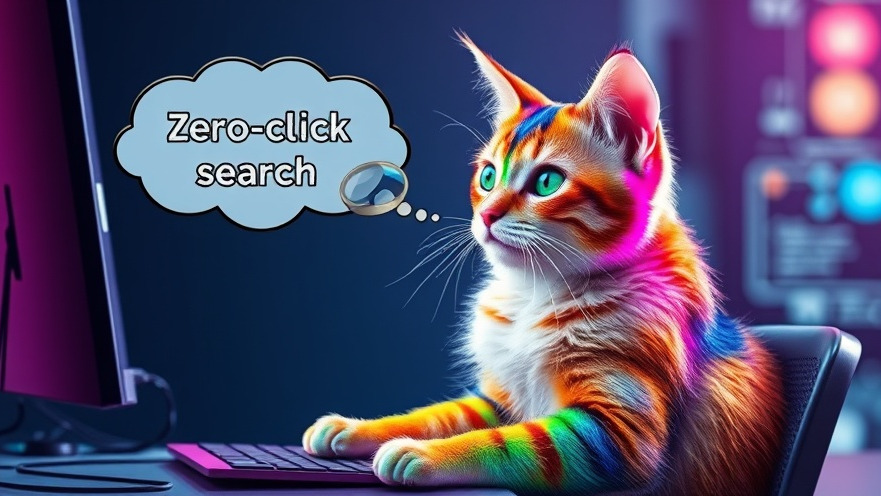
Why Nano Banana Is All the Rage in AI Image Generation
Google's "Nano Banana" (Gemini 2.5 Flash Image) has taken the AI world by storm, captivating users with its ability to produce stunning 3D-toy-style avatars and hyperrealistic edits. With fierce competitors like ChatGPT (GPT-5), Qwen Image Edit, and Grok AI also in the ring, it begs the question: how is Nano Banana pulling ahead, and what does this mean for the future of AI in marketing?
The Competition: A Closer Look at AI Tools
In a head-to-head comparison, Nano Banana showcased its strengths: speed, believable realism, and visual consistency. For users looking for quick, polished results, these attributes are game-changers. ChatGPT excels in instruction comprehension, allowing for intricate prompts, yet it can lag in speed and sometimes produce glitchy results. Meanwhile, Qwen Image Edit is lauded for its texture and background sharpness, although it occasionally falters on facial accuracy. Grok AI, while capable of integrating video or animation, lacks the finesse necessary for top-tier 3D imagery.
What Users Really Want from AI Image Generators
This isn’t just about creating pretty pictures. Users are increasingly demanding tools that offer:
- Consistency: In character creation, users want their digital creations to look the same across different prompts—a promise Nano Banana largely fulfills.
- Speed vs. Polish: While rapid results are crucial for marketers and social media enthusiasts, the overall quality must not suffer. Each tool must strike a balance between speed and visual fidelity.
- Ease of Use: With the steep learning curve often associated with AI tools, a natural-language editing experience can significantly impact user satisfaction. If the process becomes too convoluted, users may abandon their projects.
Addressing the Shortcomings of AI Image Tools
Despite its strengths, Nano Banana—and its competitors—still show areas for improvement:
- Facial accuracy remains a challenge outside of Nano Banana, a critical feature for those wishing to create lifelike portraits.
- Usage limitations are common, with some platforms restricting the amount of output one can generate without incurring costs, which can stifle creativity.
- In professional contexts such as advertising and design, features like consistent style and color control are essential for brand coherence.
Implications for AI in Marketing and Beyond
As the AI image generation space evolves, marketers and tech enthusiasts alike must consider the broader implications. Competitive performance among these novel tools suggests a revolution in how businesses will approach AI for social media marketing, AI-driven marketing, and personalized AI campaigns. Adopting effective AI marketing strategies can elevate customer engagement and drive growth.
The Future of AI Image Generation
With its rapid advancements, AI is reshaping not only how we interact with technology but also how we develop content for diverse applications—including advertising, branding, and artistic expression. This opens up exciting possibilities but also presents challenges that must be tackled to harness AI ethically and effectively.
As you explore these tools and their features, consider your needs and how advances in AI can be harnessed to enhance your projects and professional life. Are you ready to leverage the strengths of these AI tools for your success?
 Add Row
Add Row  Add
Add 




Write A Comment